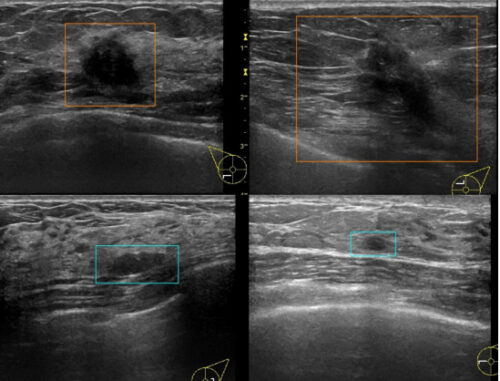1型糖尿病の人が目や腎臓の合併症を発症するリスクを正確に判断するには、長期間の血糖値のレベルを利用することができる。1型糖尿病発症後、30年以上にわたって個人を追跡調査した研究によると、この値は53mmol/mol(7%)より低くなければなりません。 The levels of long-term blood sugar can be used to accurately determine the risk of a person with type 1 diabetes developing eye- and kidney complications. This level should be lower than 53 mmol/mol (7%), according to a study that has followed individuals for more than 30 years after the onset of type 1 diabetes
.2022-09-12 スウェーデン・リンショーピング大学
Continuous monitoring of glucose is used by people with diabetes. Habrovich
今回の研究結果は、少なくとも32年間1型糖尿病を患っている人が、深刻な障害を完全に回避するには、長期的な平均血糖値を53mmol/mol(7.0%)以下に保つ必要があることを示している。
研究グループによる前回の追跡調査は、発病から20年後に行われた。30年後の現在では、20年後よりも低い血糖値で障害が発生していることが示された。
<関連情報>
- https://liu.se/en/news-item/sa-lagt-bor-blodsockret-vara-for-att-inte-ge-skador-vid-diabetes
- https://diabetesjournals.org/care/article-abstract/doi/10.2337/dc22-0239/147518/Impact-of-HbA1c-Followed-32-Years-From-Diagnosis
1型糖尿病診断から32年間追跡したHbA1cが重症網膜症および腎症の発症に与える影響:VISS試験 Impact of HbA1c Followed 32 Years From Diagnosis of Type 1 Diabetes on Development of Severe Retinopathy and Nephropathy: The VISS Study
Hans J. Arnqvist;Malin C. Westerlund;Mats Fredrikson;Johnny Ludvigsson;Maria Nordwall
Diabetes Care Accepted:July 30 2022
DOI:https://doi.org/10.2337/dc22-0239
OBJECTIVE
To evaluate HbA1c followed from diagnosis, as a predictor of severe microvascular complications (i.e., proliferative diabetic retinopathy [PDR] and nephropathy [macroalbuminuria]).
RESEARCH DESIGN AND METHODS
In a population-based observational study, 447 patients diagnosed with type 1 diabetes before 35 years of age from 1983 to 1987 in southeast Sweden were followed from diagnosis until 2019. Long-term weighted mean HbA1c (wHbA1c) was calculated by integrating the area under all HbA1c values. Complications were analyzed in relation to wHbA1c categorized into five levels.
RESULTS
After 32 years, 9% had no retinopathy, 64% non-PDR, and 27% PDR, and 83% had no microalbuminuria, 9% microalbuminuria, and 8% macroalbuminuria. Patients with near-normal wHbA1c did not develop PDR or macroalbuminuria. The lowest wHbA1c values associated with development of PDR and nephropathy (macroalbuminuria) were 7.3% (56 mmol/mol) and 8.1% (65 mmol/mol), respectively. The prevalence of PDR and macroalbuminuria increased with increasing wHbA1c, being 74% and 44% in the highest category, wHbA1c >9.5% (>80 mmol/mol). In comparison with the follow-up done after 20–24 years’ duration, the prevalence of PDR had increased from 14 to 27% and macroalbuminuria from 4 to 8%, and both appeared at lower wHbA1c values.
CONCLUSIONS
wHbA1c followed from diagnosis is a very strong biomarker for PDR and nephropathy, the prevalence of both still increasing 32 years after diagnosis. To avoid PDR and macroalbuminuria in patients with type 1 diabetes, an HbA1c <7.0% (53 mmol/mol) and as normal as possible should be recommended when achievable without severe hypoglycemia and with good quality of life.


